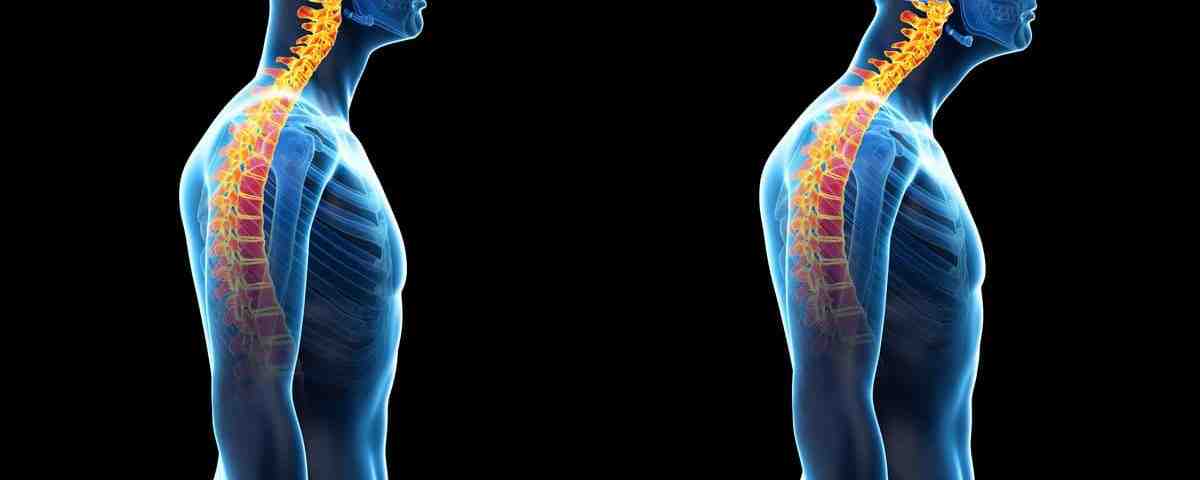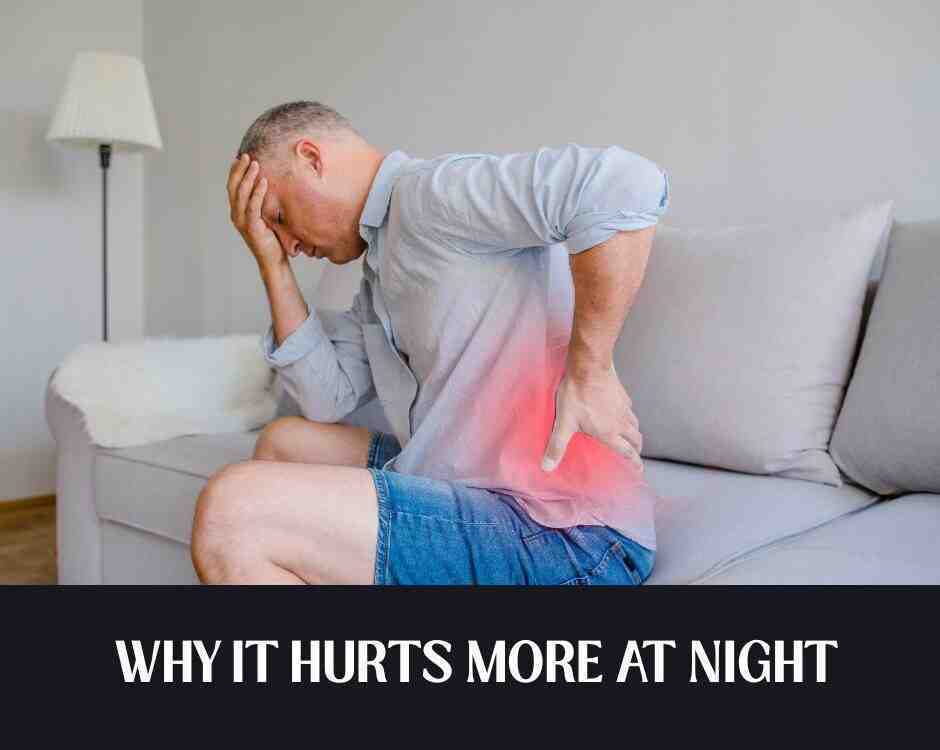Good Posture and Your Relationship with Gravity

These Are The Most Common Types of Headaches
September 7, 2022
Why Are Special Imaging Tests Ordered?
September 13, 2022Posture and the Posterior Chain
By Deryk Harting, DC
Posture generally refers to the position in which you hold your body when sitting or standing. But an interesting way to think of posture is that it’s your relationship with gravity. Gravity pulls you straight down, muscle keeps your skeleton upright against it. Gravity is always in effect and if your body is not physically conditioned to resist its effects, bodily compensations occur leading to gradual break down with age. Good posture reflects optimal musculoskeletal alignment. When viewing someone from the side, good posture looks like this:
An imaginary gravity line should pass straight down through the top of the skull:
- Through the ear lobe
- Center of the shoulder joint
- Center of the hip joint
- Center of the knee joint, behind the patella
- In front of the ankle joint
The head floats over the neck with easy rotation, flexion, extension, and side bending. The shoulders are aligned with the ear and shoulder blades rest flat on the back, creating shoulder width. Arms rest in a neutral position, at the sides of the rib cage. The rib cage and pelvis are aligned, and the pelvis is parallel with gravity, not tilted forward or backward. This should maintain the spine’s three natural curves. Body weight is balanced equally between left and right, with equal weight distribution between the forefoot and heel, called the ‘tripod foot’.
Good posture is not subjective. When the body is aligned, you maximize lung capacity and breathing. There is fluidity and efficiency in physical movement. There is no wasted energy or energy leaks. Good posture reflects a well-functioning nervous system. People with bad posture will commonly have coordination issues. Posture cues from trainers or coaches can be helpful in the short term but these reminders are temporary, not permanent solutions. A more permanent solution is strengthening the body with muscle. If you want aligned and straight posture, you need to have the muscle to support and maintain this alignment. More specifically, you need to have the muscle on the posterior chain, where most people lack muscle (thanks to modern life). Posterior chain is a technical, catch-all term that refers to all the muscles on the back of the body, from the neck down to our heels.
Your posterior chain goes in this order, starting from the head:
- Neck muscles (there are many)
- Our modern-day use of computers and phones produce forward head posture creating stiffness, headaches, and sometimes compensation down the kinetic chain.
- Trapezius (Which have an upper, middle, and lower section)
- Many people have dominant overactive upper trapezius muscles with inhibited middle and lower muscle fibers.
- Rhomboids and Posterior Deltoids
- These muscles connect the shoulder blade, or scapula, to the spine and upper arm respectively. Weakness in these regions can cause abnormal shoulder and scapula movement and shoulder pain.
- Latissimus Dorsi (lats)
- This muscle goes from the armpits to the spine and waist. They are a climbing muscle and assist in holding the scapula against the thorax during upper extremity movements. Interestingly, research has demonstrated that the lats are also active during deep inspiration and forceful exhalation like coughing or sneezing.
- Spinal Erectors
- These lie on each side of the spine and run down the entire spine. They are often neglected or weak causing decreased spinal stability, spasm, and pain. These are the muscles that reinforce natural spinal curvature and fight against gravity bending the torso forward.
- Gluteal muscles (A group of three superficial muscles including gluteus maximus, medius, and minimus)
- If the glutes are weak, lower back and other muscles will compensate. Most people today have weak glute muscles that contribute to poor hip movement, hip pain, low back pain and even knee pain.
- Hamstrings (Consist of three muscles, the biceps femoris, semitendinosus, and semimembranosus muscles)
- Ideally hamstrings are flexible and work in concert with the glutes powering the legs when you stand, walk, run, and squat. Tight or weak hamstrings are very common and can inhibit movement. They often compensate for weak glutes and can contribute to anterior pelvic tilt.
- Calves (Are made up of two main muscles, the gastrocnemius and soleus muscle)
- They are primarily ankle muscles but also assist knee flexion. Historically, people did not wear heavily padded shoes and walked around either barefoot or in very flat footwear- like leather flip flops or sandals. When we walked and ran, we did not heel strike but used the mid and forefoot. The calves controlled your landing and pushing off the ground. In modern times, though, we wear shoes and typically have weak feet, ankles, and calf muscles.
Having your posture, movement patterns, and posterior chain assessed by a trained physician can greatly help to identify and avoid potential injuries before they ever occur. If you have been suffering from an old recurrent pain or sustained new injuries then a postural assessment is crucial to avoid flare ups, enhance recovery, and ultimately – live without pain.
—
This article was written by Dr. Deryk Harting one of the members of Chambers Medical Group’s team of car accident chiropractors who offer a variety of treatments and therapies ranging from diagnostic testing to various soft tissue therapies for car accidents and injuries in Kentucky
If you or somebody you know has been in a car accident, be sure that you seek medical attention from a car accident doctor or car accident chiropractor to treat your injuries. Visit Chambers Medical Group to receive world-class medical treatment for your injuries.
Chambers Medical Group has car accident medical clinics in the following locations:
- Car Accident Medical Clinic in Tampa
- Car Accident Medical Clinic in Plant City
- Car Accident Medical Clinic in Brandon
- Car Accident Medical Clinic in Lakeland
- Car Accident Medical Clinic in Sarasota
- Car Accident Medical Clinic in Louisville
- Car Accident Medical Clinic in Lexington
- Car Accident Medical Clinic in Florence




